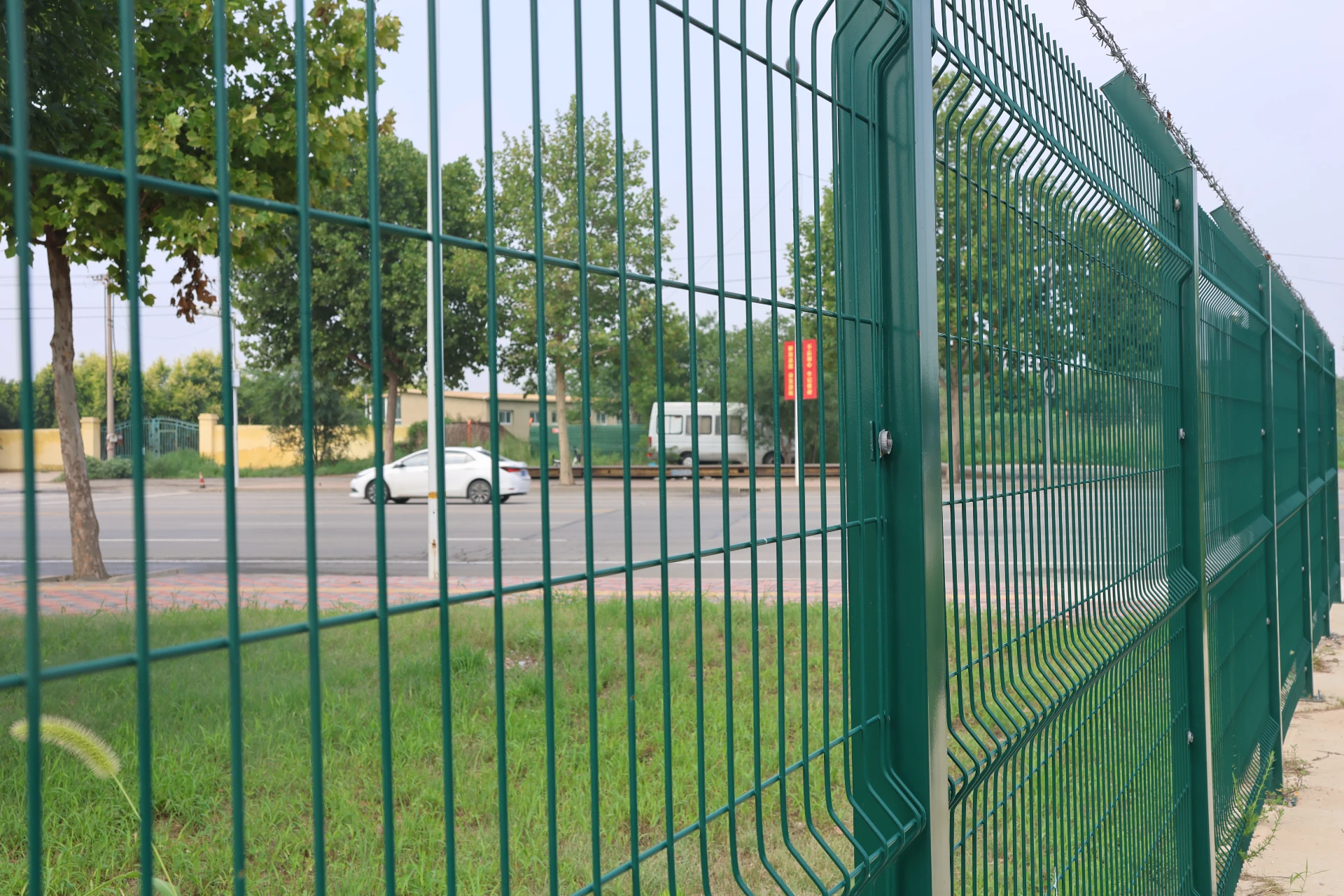Estimating Expenses for Wire Fencing Installation and Material Costs
The Cost of Wire Fencing An In-Depth Analysis
Wire fencing is a popular choice for a variety of applications, ranging from agricultural needs to residential properties. Its durability, versatility, and cost-effectiveness make it an attractive option for many landowners. However, understanding the total cost associated with wire fencing is crucial for making an informed decision. In this article, we will explore the factors that influence the cost of wire fencing, the different types available, and the overall financial implications of installing a wire fence.
Types of Wire Fencing
There are several types of wire fencing available, each with its own cost structure. The most common types include
1. Barbed Wire Fencing This type of fencing is primarily used for livestock management and security. It consists of twisted strands of wire with barbs at regular intervals, acting as a deterrent. Barbed wire fencing generally costs between $0.50 to $2.00 per linear foot depending on the material quality and the gauge of the wire.
2. Chain Link Fencing This is a versatile type that serves both commercial and residential purposes. Made from galvanized steel wires, chain link fences have a varying cost based on their height, gauge, and type of coating. On average, homeowners can expect to pay between $8 to $18 per linear foot, including installation.
3. Electric Fencing Electric wire fencing provides a higher level of security and is often used to protect livestock or properties. The cost for electric fencing can range from $1 to $3 per foot for the wire alone, but installation and additional equipment can significantly increase the total expenditure.
4. Welded Wire Fencing Comprised of welded galvanized wire, this type of fencing is robust and commonly used for gardens and farms. Its costs typically range from $0.70 to $2.50 per linear foot depending on the wire gauge and size.
Cost Factors to Consider
cost of wire fencing

When calculating the overall cost of wire fencing, several factors come into play
- Material Quality Higher-quality materials can withstand the elements better and require less maintenance, which can lead to lower long-term costs. Galvanized steel, for example, is more expensive than plain wire but offers better longevity.
- Height and Length The height and length of the fence will directly influence the total cost. Taller and longer fences require more material and labor, thus increasing the overall price.
- Installation Costs While DIY installation can save money, hiring professionals ensures proper installation, especially for more complex fencing types. Installation costs can vary widely, ranging from $3 to $10 per foot.
- Additional Features Gates, corner posts, and electrification for electric fencing add to the total cost. Purchasing high-quality hardware and accessories can enhance the functionality and aesthetics but will also raise the overall expenditure.
Maintenance and Longevity
Another important aspect to consider is the maintenance and longevity of the wire fencing. While the initial cost may be lower for some types of wire fencing, higher maintenance costs could eventually outstrip initial savings. Barbed wire, for example, requires regular inspections and potential replacements for barbs, while galvanized options may rust over time if not properly maintained.
Conclusion
In conclusion, the cost of wire fencing is influenced by several factors, including the type of wire, quality of materials, height and length of the fence, installation requirements, and any additional features. Understanding these variables is essential for managing costs effectively. While initial expenses might vary widely, long-term factors such as durability and maintenance should also be considered. Therefore, landowners should take time to evaluate their specific needs and budgets when selecting the best wire fencing option to ensure both security and value over time. By making informed choices, individuals can achieve the perfect balance of functionality and cost-effectiveness in their fencing projects.
-
Space-Saving Chain Fence Hacks Vertical Gardening with Cyclone MeshNewsJul.16,2025
-
Innovations in Iron Nail Wire Production for Modern ConstructionNewsJul.16,2025
-
Creative Uses of Wire Netting Fence in Modern Landscape DesignNewsJul.16,2025
-
Barbed Wire Fence Innovations in Anti-Climb TechnologyNewsJul.16,2025
-
Architectural Uses of Umbrella Nails for Aesthetic Roof DesignsNewsJul.16,2025
-
Architectural Uses of Razor Barbed Wire in Secure Urban DesignNewsJul.16,2025




